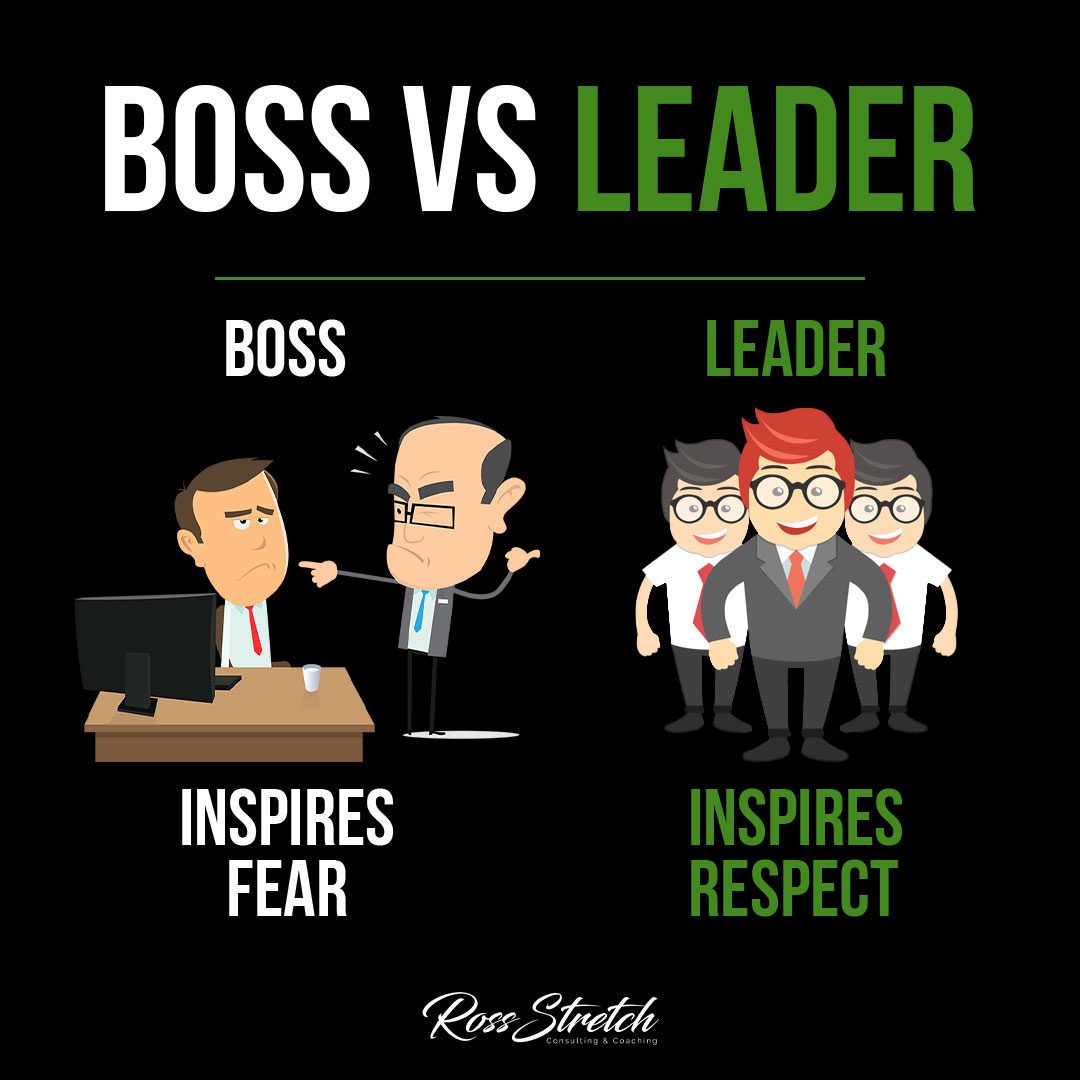Introduction: Boss Vs. Leader
As the old saying goes, “people quit bosses, not jobs.” But what is it about bosses that makes people want to leave? And what makes leaders different? The answer lies in the key differences between bosses and leaders, which we explore in this informative infographic.
Boss: Inspires Fear
When most people think of a boss, they envision someone who is in charge, barking orders and ruling with an iron fist. While this may be an effective way to get things done in the short term, it can create a toxic work environment that leads to high turnover rates and low morale.
Characteristics of a Boss:
- Authoritarian
- Focused on power
- Demands respect
- Micromanages
- Creates fear-based motivation
- Blames others for mistakes
- Seeks credit for successes
Leader: Inspires Respect
In contrast, a leader is someone who inspires their team to achieve greatness through positive motivation and guidance. They lead by example and empower their team members to take ownership of their work, resulting in a more productive and engaged workforce.
Characteristics of a Leader:
- Empathetic
- Focused on people
- Earns respect
- Delegates effectively
- Creates intrinsic motivation
- Takes responsibility for mistakes
- Shares credit for successes
Key Differences Between a Boss and a Leader
Now that we’ve looked at the characteristics of a boss and a leader, let’s explore some of the key differences between the two.
- Motivation: A boss motivates through fear, while a leader motivates through inspiration.
- Focus: A boss is focused on power, while a leader is focused on people.
- Delegation: A boss micromanages, while a leader delegates effectively.
- Responsibility: A boss blames others for mistakes, while a leader takes responsibility for their own.
- Credit: A boss seeks credit for successes, while a leader shares credit with their team.
Why Being a Leader Matters
In today’s fast-paced and ever-changing business world, it’s essential to be a leader rather than a boss. By inspiring your team to greatness, you’ll create a more engaged and productive workforce that’s better equipped to tackle the challenges ahead.
Furthermore, being a leader will help you build stronger relationships with your team members, which can lead to greater job satisfaction and employee retention. So if you’re currently in a position of authority, take a moment to reflect on whether you’re being a boss or a leader – and make the necessary changes to become the latter.
Conclusion
In summary, the key differences between a boss and a leader lie in their approach to motivation, focus, delegation, responsibility, and credit. While a boss may inspire fear, a leader inspires respect – and this can make all the difference when it comes to building a successful and sustainable business. So if you’re currently in a position of authority, strive to be a leader rather than a boss – and watch as your team thrives under your guidance.


